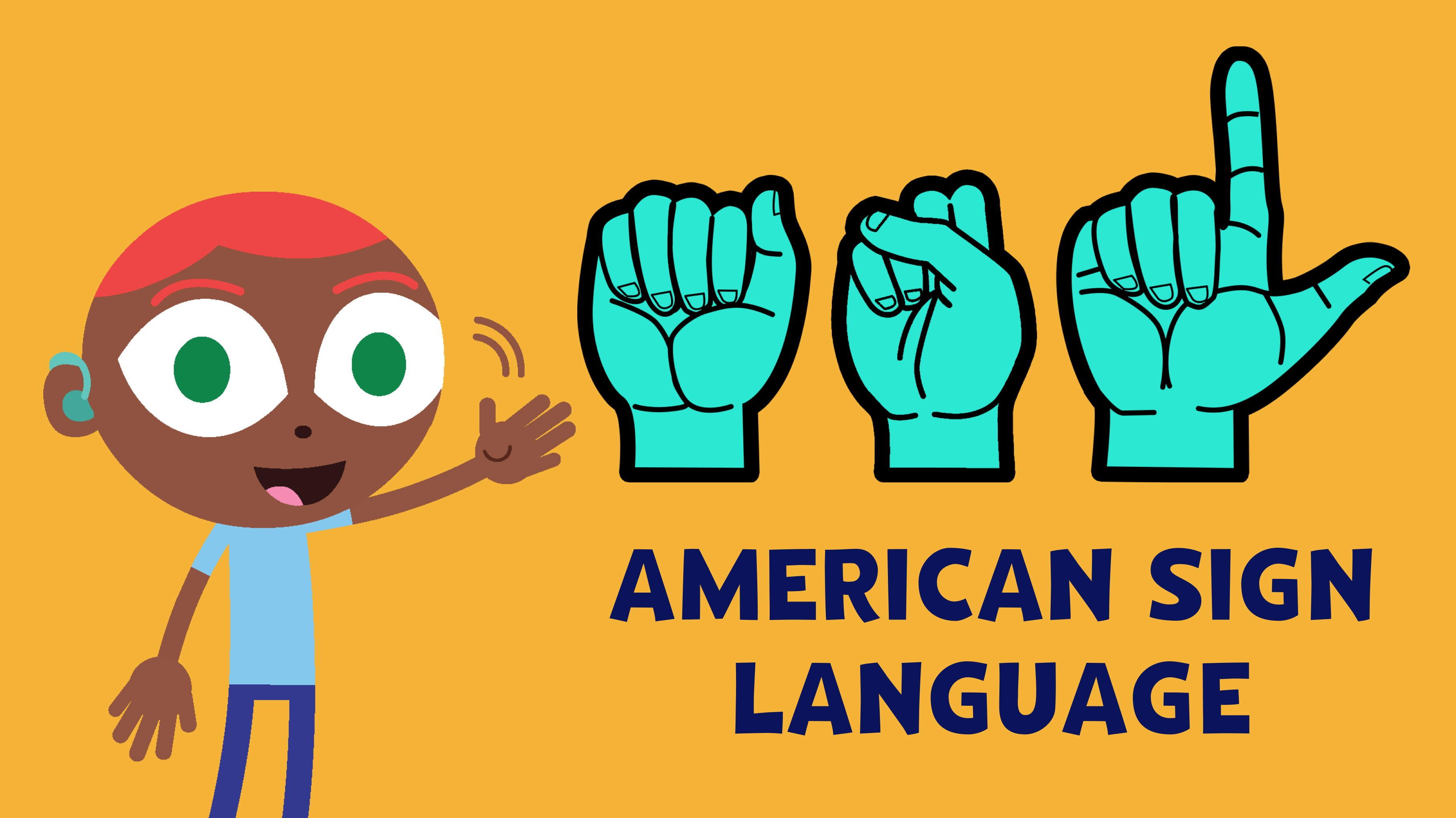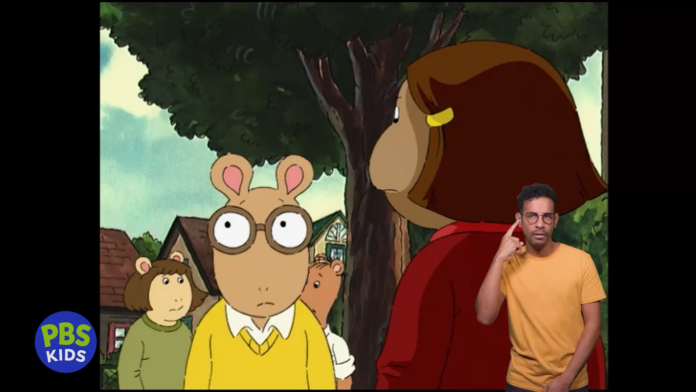New accessibility to children and/or parents who are deaf or hard of hearing has come to a slate of programs under the PBS KIDS umbrella, thanks to the integration of American Sign Language interpretations into multiple series.
The addition of ASL on-screen interpreters arrives Thursday (4/18) at PBS KIDS.
“This new content builds on PBS KIDS’ extensive accessibility offerings and unwavering dedication to inclusivity, aiming to empower kids to engage with content in ways that best suit their individual needs and preferences, with accessibility top of mind,” a spokesperson said.
Working with series producers from GBH Kids and Fred Rogers Productions, along with Bridge Multimedia and The Described and Captioned Media Program, PBS KIDS will integrate ASL interpretations into PBS KIDS series, with 10 episodes for each.
The shows are:
- WORK IT OUT WOMBATS!
- PINKALICIOUS & PETERRIFIC
- ARTHUR
- DANIEL TIGER’S NEIGHBORHOOD
- DONKEY HODIE
- ALMA’S WAY
The effort included research-based considerations on what they know about their audience, children between two and eight years of age who are Deaf are learning and typically using sign language as their primary language. PBS KIDS and Bridge Multimedia closely studied the optimal ASL placements and integrations within programming through user testing.
 The attention to detail researched and taken into consideration went from placement of the ASL interpreter on-screen, which moves around based on proximity to the character who is actively speaking plus wearing props (i.e. glasses) to look more like the character they were interpreting, to facial features on animated characters that indicate the ASL playlist on the website.
The attention to detail researched and taken into consideration went from placement of the ASL interpreter on-screen, which moves around based on proximity to the character who is actively speaking plus wearing props (i.e. glasses) to look more like the character they were interpreting, to facial features on animated characters that indicate the ASL playlist on the website.
For example, an initial design for the animated Deaf and hard-of-hearing (HoH) character did not include eyebrows. Following input from expert advisors indicated that eyebrows are an important aspect of facial communication that Deaf and HoH people rely on, making them one of the most critical features of such a character, resulting in a redesign of that character.
“The new ASL offering is the latest example of the ways in which PBS KIDS aims to serve children across the country, however and wherever they consume content,” the PBS unit’s spokesperson shares. “PBS KIDS offers many accessibility features and settings to address a variety of physical and intellectual disabilities, sensory-related preferences, and access to content.”
PBS KIDS’ accessibility features include Closed Captioning in English and Spanish and descriptive audio in both languages.
PBS KIDS is also exploring interactive digital episodes supported by AI to boost learning benefits of its programming, it notes.





